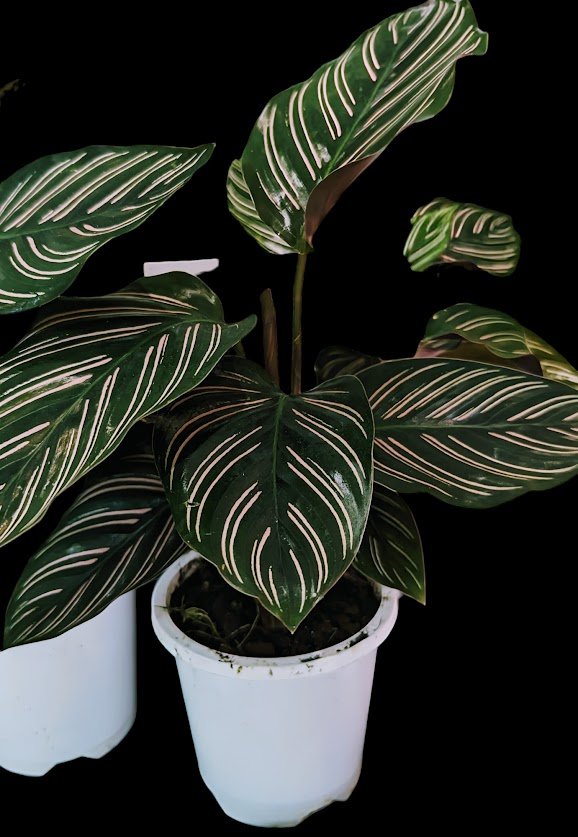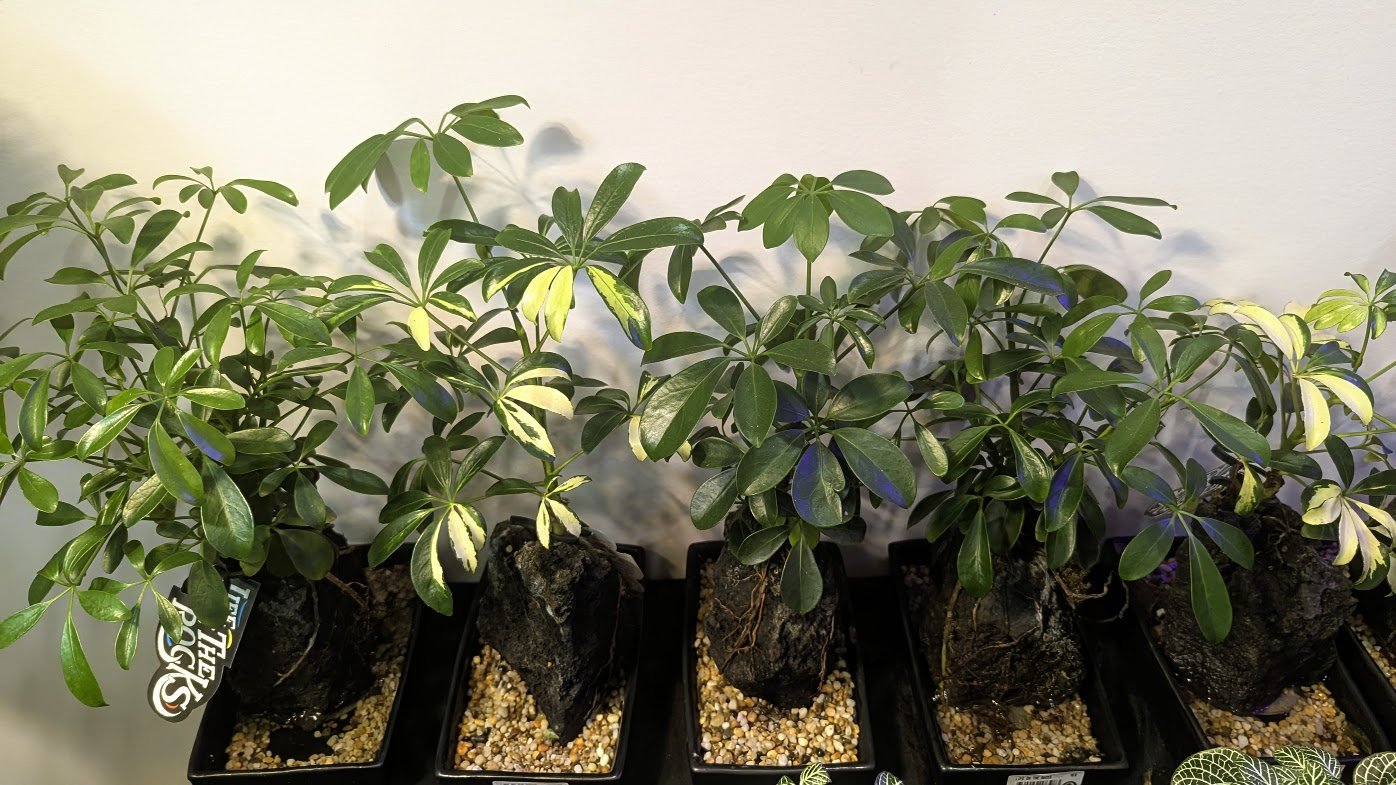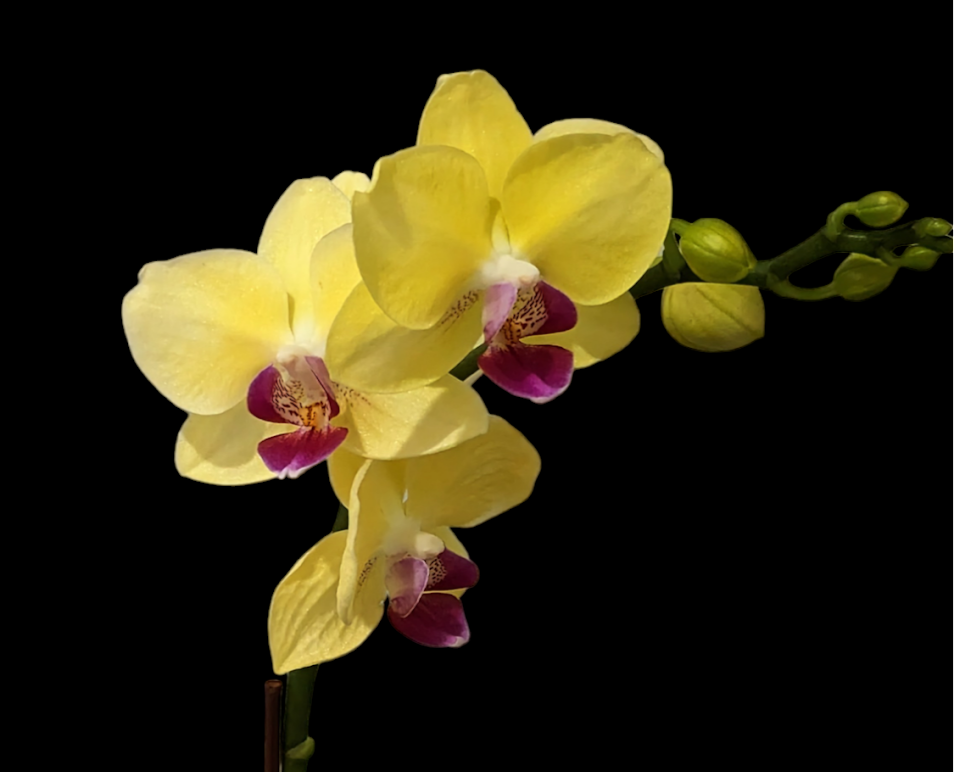Ligularia Farfugium.Leopard Plant $22
100mm pots
The Ligularia farfugium, commonly known as Farfugium japonicum or Leopard Plant, is a striking, shade-loving perennial prized for its bold foliage and bright yellow flowers. It is native to Japan, Korea, and Taiwan, thriving in warm, humid climates.
100mm pots
The Ligularia farfugium, commonly known as Farfugium japonicum or Leopard Plant, is a striking, shade-loving perennial prized for its bold foliage and bright yellow flowers. It is native to Japan, Korea, and Taiwan, thriving in warm, humid climates.
100mm pots
The Ligularia farfugium, commonly known as Farfugium japonicum or Leopard Plant, is a striking, shade-loving perennial prized for its bold foliage and bright yellow flowers. It is native to Japan, Korea, and Taiwan, thriving in warm, humid climates.
Key Information
Scientific Name: Farfugium japonicum (formerly Ligularia tussilaginea)
Common Names: Leopard Plant, Tractor Seat Plant, Green Leopard Plant
Family: Asteraceae (Daisy Family)
Origin: Japan, Korea, Taiwan
Growth Habit: Clump-forming perennial
Appearance
Foliage: Large, round, glossy green leaves, often resembling a tractor seat; some cultivars have yellow or white variegation.
Flowers: Bright yellow, daisy-like blooms appear in late fall to winter, rising above the foliage on tall stalks.
Height & Spread: Typically 1–3 feet (30–90 cm) tall and 2–3 feet (60–90 cm) wide.
Growing Conditions
Sunlight: Prefers partial to full shade; direct sun can scorch the leaves.
Soil: Moist, well-draining, rich in organic matter; slightly acidic to neutral.
Watering: Likes consistent moisture but does not tolerate waterlogging.
Hardiness Zones: 7–10 (USDA), but can be grown in containers and overwintered indoors in cooler climates.
Care and Maintenance
Pruning: Remove dead leaves and spent flowers to maintain appearance.
Fertilizing: Apply a balanced fertilizer in spring and midsummer for vigorous growth.
Pest & Disease Resistance: Generally resistant to pests, but slugs and snails may feed on the leaves.
Uses and Benefits
Ornamental Plant: Popular in shade gardens, borders, and containers.
Ground Cover: Forms a dense, attractive foliage mound.
Low Maintenance: Once established, requires minimal care.
Wildlife Friendly: Attracts pollinators when in bloom.














